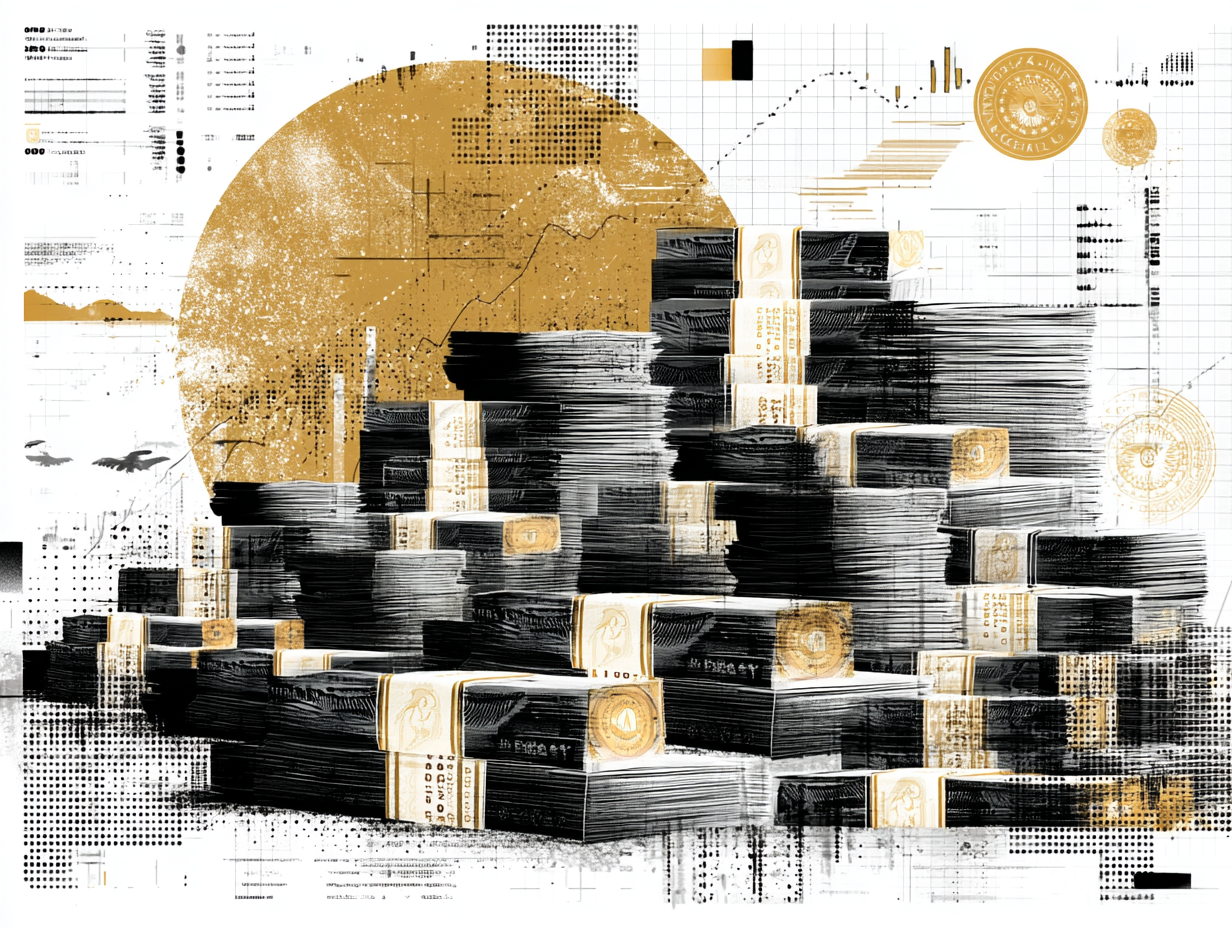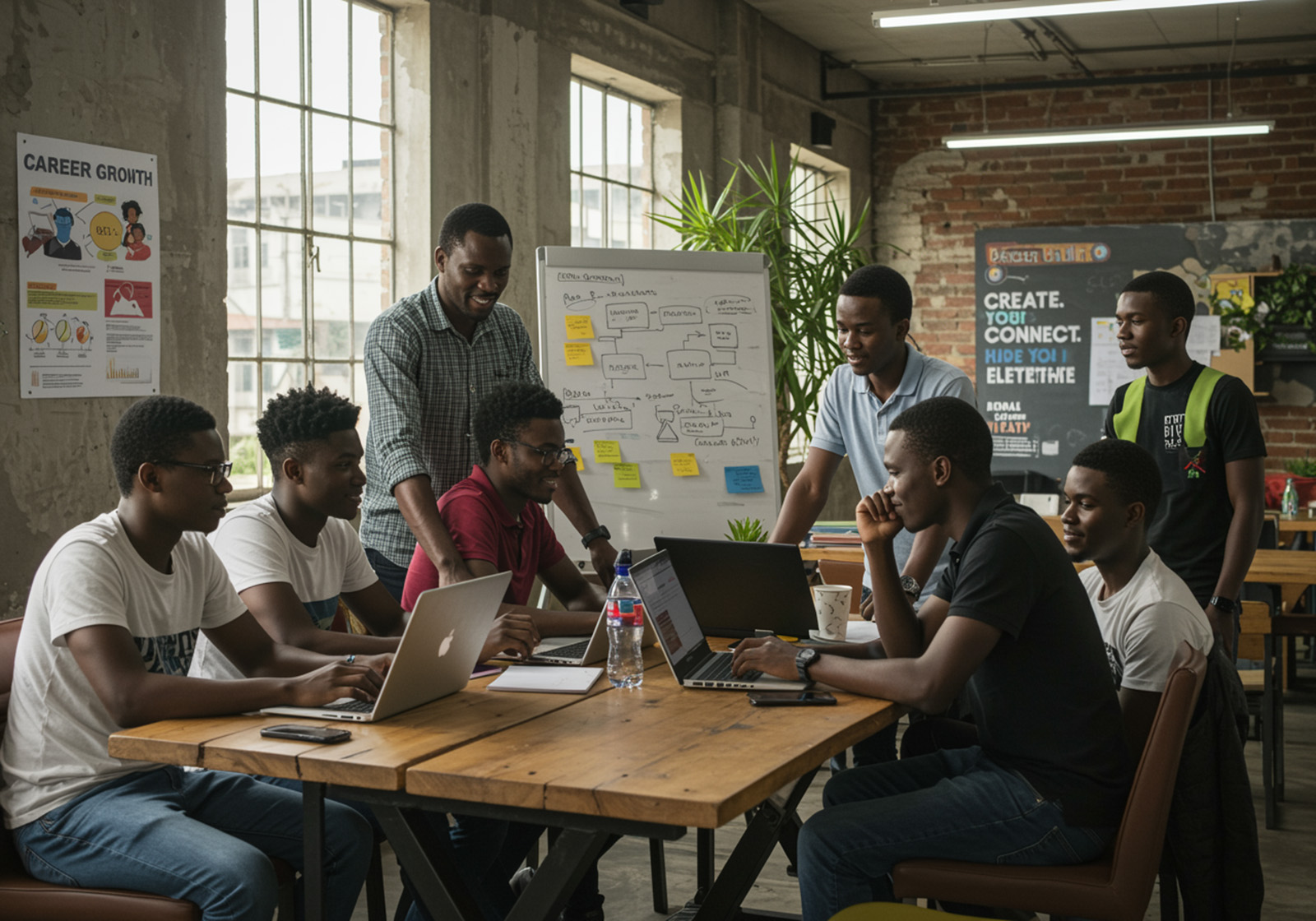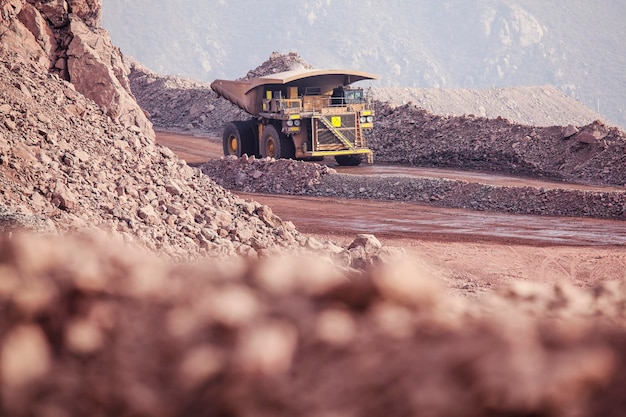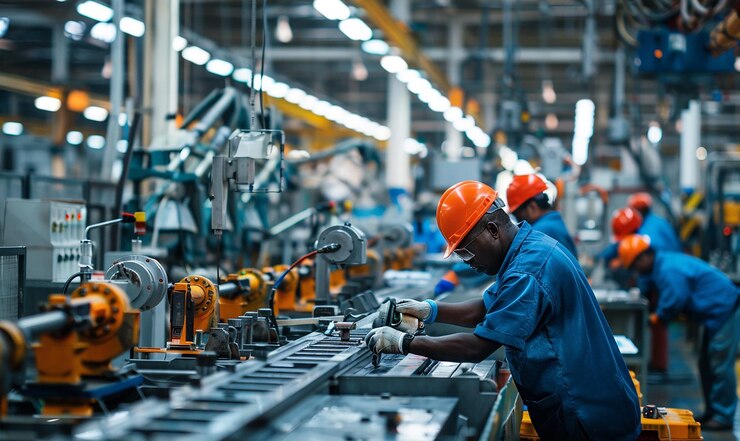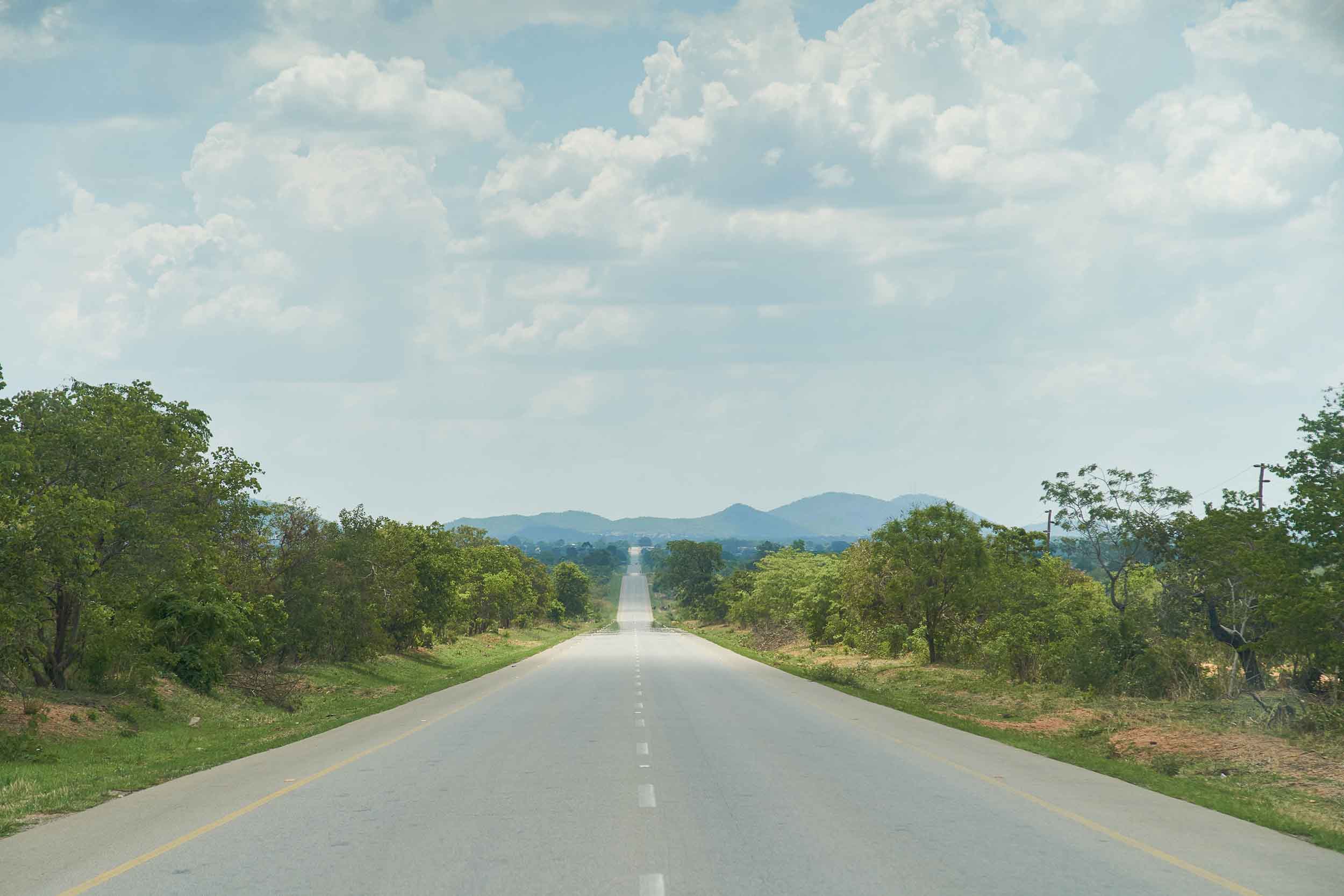Climate change is one of the most pressing issues of our time. 2019 was the year that concerted climate protests took place in cities around the world, and activist organisations and individuals like Extinction Rebellion and Greta Thunberg came to global prominence. Thunberg was even named Time Magazine’s Person of the Year 2019. It’s now accepted by most governments that the large volumes of carbon dioxide entering our atmosphere are doing untold damage to our earth. The global economy relies upon the burning of fossil fuels from which carbon dioxide is emitted into our atmosphere as a waste product. This causes the earth’s surface to heat up. In a 2019 documentary presented by British broadcaster Sir David Attenborough, Professor Peter Stott of the University of Exeter said that “twenty of the warmest years on record have occurred in the last twenty-two years.” The dramatic effects of this on weather systems around the world are already being felt today – from floods in Dubai, to drought in Southern Africa, to tsunamis in south-east Asia, to prolonged forest fires in Australia. While we haven’t yet seen the full effects of climate change, we’re starting to see and grapple with evidence of the harm that it’s doing to people around the world, especially the poorest.
But what does all of this mean for Zambia? At present, the country is seeing the effects of climate change in one major way: a changing rainfall pattern. This new reality is having significant effects on the supply of electricity nationwide and the ability of farmers to grow food, especially in the south of the country. In recent weeks, the world has become more aware of the drought situation that’s affecting over two million Zambians. In an interview with the BBC, Allan Mulando of the UN’s World Food Programme said, “In the last 15 years, the effective start of the rainy season was October. The rains are now arriving in mid-December. This now means that the climate is actually changing. The distribution of the rain itself has also become extremely erratic.”
Poor rains have also affected the generation of power at the country’s largest dam on Lake Kariba which receives water from the Zambezi, one of Africa’s greatest rivers. The Zambezi basin is critical to millions of people in Southern Africa. Flowing through four different countries before reaching the Indian Ocean, the Kariba Dam is just one of the dams on the river that is used for generating hydroelectricity. Zambia and Zimbabwe share the dam and both derive significant amounts of energy from it. A 2012 report by International Rivers, a non-profit, non-governmental, environmental and human rights organisation examined the risks to hydropower dams on the Zambezi River as regional governments contemplate plans for more large hydropower dams in a time of climate change. It said, “[the Zambezi River] will experience worse droughts and more extreme floods.” It continued, “Dams being proposed and built now will be negatively affected, yet energy planning in the basin is not taking serious steps to address these huge hydrological uncertainties. The result could be dams that are uneconomic, disruptive to the energy sector, and possibly even dangerous.”
It’s hard to see the positives. Added to the disruptions for businesses and households, the energy deficit has encouraged the continued use of charcoal (which requires trees to be cut down, exacerbating Zambia’s deforestation problem and negatively impacting rainfall patterns even further) and expensive generators (adding inflationary pressure to business and household budgets). As an emerging economy operating within the confines of capitalist global economy, Zambia is stuck between a rock and a hard place. If we care about economic development and the climate too, we need to grow the wealth of the country in an environmentally sustainable way. But that’s tricky. In 2018, The Economist newspaper said that for India, “a renewable-energy revolution is neither imminent nor pain-free.” And that is true for many other emerging countries, including Zambia. One great irony of course is the fact that the large economies of the world, both developed and emerging markets such as China and India, are the worst emitters of greenhouse gases, leaving the smaller, poorer ones in precarious situations when it comes to dealing with the effects of climate change. According to the World Resources Institute, the top ten emitters of greenhouse gas account for nearly 75 percent of global emissions. It raises the question for countries like Zambia: Is there another way of limiting fossil fuel emissions whilst still encouraging economic growth in poorer countries? This is a crucial question for Zambia as a mining country. Mining is one of the worst polluting industries in the world.
Renewable energy sources like solar power provide some hope. However, the development of solar farms requires finance and then there’s the question of whether the energy created will be sufficient to meet the country’s needs. For the next few years, the outlook for the Zambian economy is likely to be challenging. In an interview with Bloomberg, Kay Walsh of Nova Economics Ltd, South Africa, said, “Everything has come to a head at a very unfortunate time, but the problems had been brewing. Zambia can’t actually afford to replace its energy infrastructure capacity. Electricity prices will need to rise.”
The way forward for Zambia is not entirely clear but there is no doubt that economic growth must be coupled with ecological sustainability, otherwise we will all bear the consequences.

